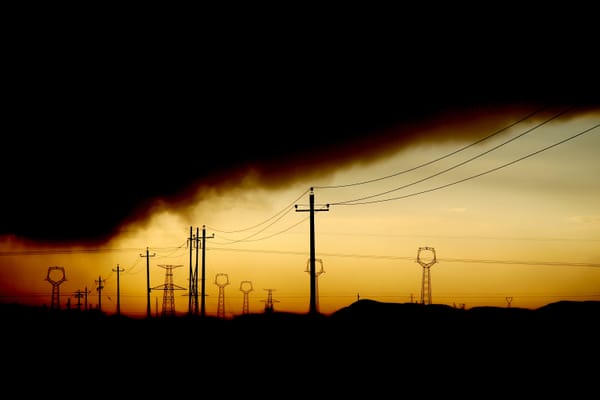America’s electrical grid is failing. Southern California, Texas, and large swaths of the Midwest are likely to see blackouts this summer, according to a recent report from the North American Electric Reliability Corporation. During the Federal Energy Regulatory Commission’s monthly meeting in May, Commissioner Mark Christie said that the country is “headed for a reliability crisis.” There aren’t enough reliable power plants to meet demand. Some regions of the country have seen electricity prices spike as much as 233 percent from last year. The wealthiest, most powerful country in the world now sits on the precipice of an electricity crisis that spans more than two-thirds of its landmass.
“Utilities saw themselves as partners in a regulatory compact.”
The Washington Post and The Wall Street Journal agree on the cause: replacing reliable power plants with wind and solar. In fact, the day NERC released its report, the Palisades nuclear power plant in Michigan shut down for good. But these closures aren’t happening in a vacuum. Over the last several decades, the grid has undergone substantial changes that have undermined its reliability—recent clean energy policies have only hastened a long-term process of avoidable decline.
For most of the 20th century, the electricity business conformed to a single model: Utilities owned the power plants, the transmission, and the distribution. They didn’t compete against each other—they were regulated monopolies overseen by regional public-utility commissions. Utilities saw themselves as partners in a regulatory compact. They were guaranteed control and profits as long as they provided cheap, reliable electricity to their customers.
